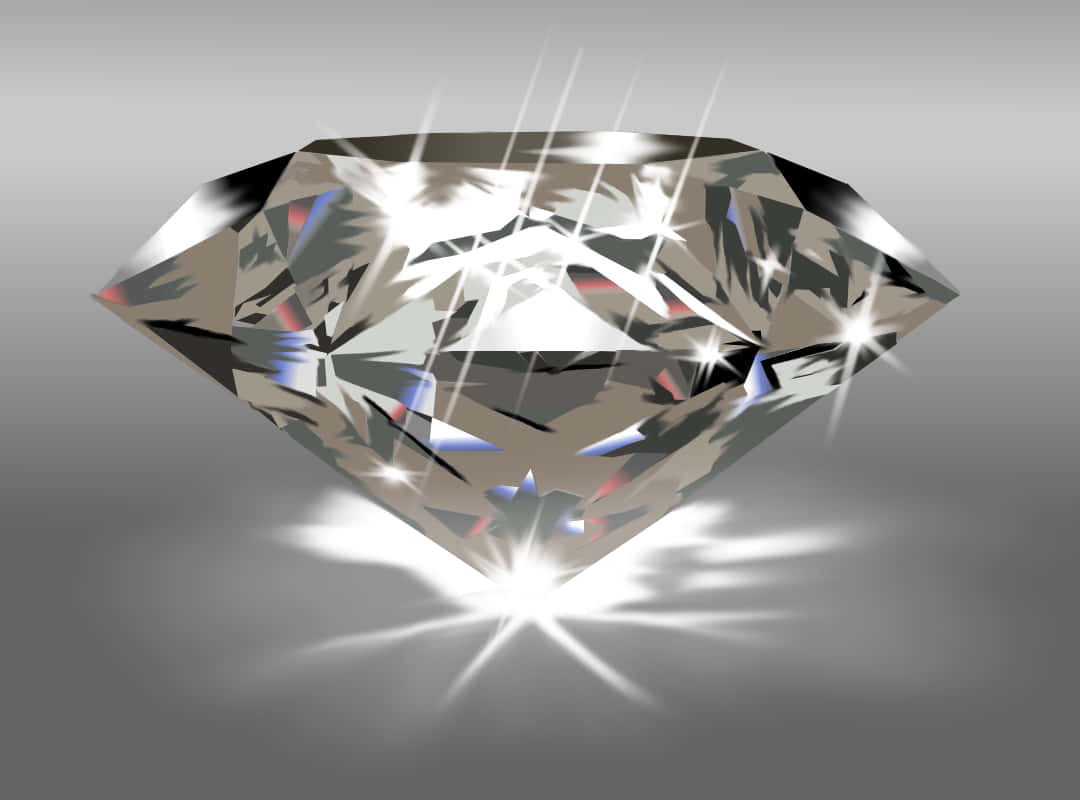Diamonds, one of nature’s most exquisite creations, have long symbolized love, luxury, and eternal commitmentHowever, with advancements in technology and growing concerns about environmental and ethical implications, the landscape of the diamond industry is evolving rapidlyEnter lab diamonds, a sustainable and ethical alternative to mined diamonds, disrupting the traditional marketIn this article, we delve into the realm of lab diamonds, exploring their benefits, characteristics, purchasing considerations, and their impact on the future of the diamond industry.
Table of Contents
Introduction
Definition of Lab Diamonds
Lab diamonds, also known as synthetic or cultured diamonds, are man-made gems produced in controlled laboratory environmentsThey possess the same chemical composition, physical properties, and brilliance as natural diamonds but are created through advanced technological processes rather than geological formations.
Overview of the Diamond Industry
The diamond industry has historically been dominated by mining operations, often associated with environmental degradation, human rights abuses, and conflict financingLab diamonds emerged as a response to these issues, offering a sustainable and ethical alternative to traditional mined diamonds.
Benefits of Lab Diamonds
Environmental Impact
One of the most significant advantages of wwF and lab diamonds is their minimal environmental footprintUnlike traditional diamond mining, which involves extensive land excavation, habitat destruction, and carbon emissions, lab diamond production requires significantly fewer resources and generates negligible environmental impact.
Ethical Considerations
Lab diamonds are ethically sourced, eliminating concerns related to forced labor, child exploitation, and conflict financing prevalent in the diamond mining industryBy opting for lab-grown diamonds, consumers can ensure their purchase aligns with their values of social responsibility and ethical consumption.
Cost-effectiveness
In addition to their environmental and ethical benefits, lab diamonds are often more affordable than their natural counterpartsThe streamlined production process and reduced overhead costs associated with lab-grown diamonds translate into lower retail prices, making them an attractive option for budget-conscious consumers.
Quality and Characteristics
Indistinguishable from Mined Diamonds
Lab diamonds exhibit the same optical and chemical properties as natural diamonds, making them virtually indistinguishable to the naked eyeThey possess the same hardness, brilliance, and fire, offering consumers a high-quality alternative without compromising on beauty or durability.
Grading Standards
Like natural diamonds, lab-grown diamonds are graded based on the four Cs: cut, color, clarity, and carat weightLeading gemological laboratories, such as the Gemological Institute of America (GIA), employ rigorous grading standards to assess the quality and value of lab diamonds, ensuring transparency and consumer confidence.
Purchasing Considerations
Price Comparison
When comparing lab diamonds to natural diamonds of similar quality, consumers can expect significant cost savingsLab diamonds typically retail for 20% to 40% less than mined diamonds, making them an attractive option for couples seeking a stunning engagement ring or timeless jewelry piece without breaking the bank.
Certification
To ensure the authenticity and quality of lab diamonds, it is essential to purchase from reputable retailers and obtain certification from recognized gemological laboratoriesCertificates issued by institutions like the GIA provide detailed information about a diamond’s origin, characteristics, and grading, empowering consumers to make informed purchasing decisions.
Availability
With advancements in technology and increasing consumer demand, lab diamonds are becoming more readily available in the marketLeading jewelry brands and retailers offer a wide selection of lab-grown diamond jewelry, ranging from engagement rings to earrings and bracelets, catering to diverse tastes and preferences.
Future Outlook
Market Trends
The demand for lab made diamonds is projected to continue rising as consumers prioritize sustainability, ethics, and value in their purchasing decisionsWith growing awareness and acceptance of lab-grown diamonds, the market is poised for significant expansion, offering lucrative opportunities for manufacturers, retailers, and investors alike.
Technological Advancements
Advancements in diamond synthesis technologies are driving innovation and efficiency in lab diamond productionFrom enhanced growth methods to precision cutting and polishing techniques, ongoing research and development initiatives aim to further improve the quality, diversity, and accessibility of lab-grown diamonds in the years to come.
Conclusion
In conclusion, lab diamonds represent a transformative shift in the diamond industry, offering consumers a sustainable, ethical, and affordable alternative to traditional mined diamondsWith their indistinguishable quality, lower price point, and positive environmental and social impact, lab-grown diamonds are reshaping the way we perceive and purchase diamond jewelryAs we embrace the future of sustainable luxury, lab diamonds stand as a shining example of innovation, responsibility, and beauty.




